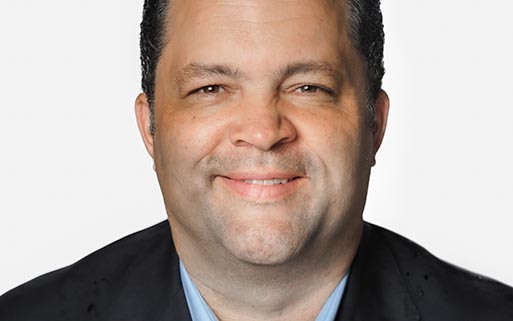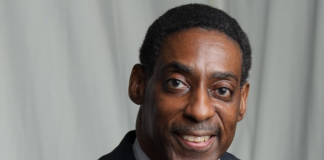
by Aziah Siid
A stark funding cliff. That’s what many experts are saying public schools across the country will face when classes resume in the fall.
But a new report argues that state leaders should examine how the money was spent so that, in the future, schools will replicate successful programs “that will most equitably benefit students” who are marginalized and at continued risk as schools reopen.
During the pandemic era, “nearly all students have experienced worsened mental health and well-being ever since — with research showing disparities based on race, ethnicity, LGBTQ+ identity, and other factors,” according to the report by EdTrust, a nonprofit education policy organization. “Meanwhile, school-based services and support dwindled, at a time when students needed them the most.”
Nancy Duchesneau, a senior research manager at EdTrust and the report’s co-author, said the analysis is needed because “it’s essential that school leaders, when dealing with budget constraints, recognize those needs.”
“Some students, including students of color, students from low-income households, or of LGBTQ+ identity, faced greater mental health challenges during the pandemic,” she says. The extra support, she added, goes far beyond the individual student.
“Evidence-based investments in students’ social, emotional, and academic development are vital to support not only individual students’ growth but boost the performance of schools overall,” Duchesneau says.
The $190 billion Elementary and Secondary School Emergency Relief fund, a federal program designed to help schools cope with the pandemic, will officially expire September 30. That has some school districts grappling with the reality that they will have to replace ESSER funds that sustained many of the programs they introduced to students during the last three years.
Federal investments throughout the pandemic have been essential to support students’ overall well-being during the COVID shutdown, full-time remote learning and uneven school reopenings — a tumultuous period that presented mental health challenges and academic obstacles. With less than two months left until ESSER funding runs dry, state leaders, school administrators, and others are taking a look at how the money was put to use, but also how the end of funds will mean for particular groups of students — including Black students and children from low-income households.
The EdTrust report goes in-depth on how certain states have used ESSER funds in a variety of areas across the different states. Although all 50 states prioritized different things — from culturally-sustaining curriculum to professional development — there could be a few things to learn from in the future.
Increasing Support for Mental Health
In President Joe Biden’s 2022 State of Union address, he made it abundantly clear that prioritizing mental health of students is crucial, especially for Black adults and children. Suicide rates for Black people aged 10 to 24 climbed 3% in three years; to stem the rising tide, schools used ESSER money to increase access to services, including more school mental health providers, and generating programs that directly support students at a difficult time.
The emphasis on providing more wraparound services — including multi-tiered systems targeted for students with greater needs — was one of the heavy investments made by states. The Louisiana Department of Education invested in mental health screeners and additional help for students who qualify for trauma support services.
Improving Discipline Strategies and Culturally Relevant Teaching
As students returned to in-person learning after nearly two full years of remote classes, administrators took different approaches to getting students re-acclimated with appropriate in-school behaviors, and keeping them on track academically.
But some states, like Kentucky and Delaware, chose to invest their share of ESSER dollars in bulked-up school security, like increased police presence on campus and threat-assessment tools. Delaware invested almost $1 million for school districts and charter schools to enable law enforcement officers to react swiftly to problems on campus.
Studies, however, indicate that schools that increased disciplinary practices often result in funneling a disproportionate number of Black students into the prison pipeline. At the same time, research also indicates that students with a history of school discipline have poorer health outcomes.
Some states, however, took the approach of creating more restorative alternatives to traditional school discipline. That includes programs to help prevent troubled students from dropping out as well as addressing chronic absenteeism.
The Maryland State Department of Education invested in professional development and Local Educational Agencies, which are public boards of education or other public authority legally constituted, to help reduce the disproportionate out-of-school suspensions of students of color and with disabilities.
With September quickly approaching, people are using research like this to figure out methods to continue providing students with the much needed resources the ESSER funds allowed.















